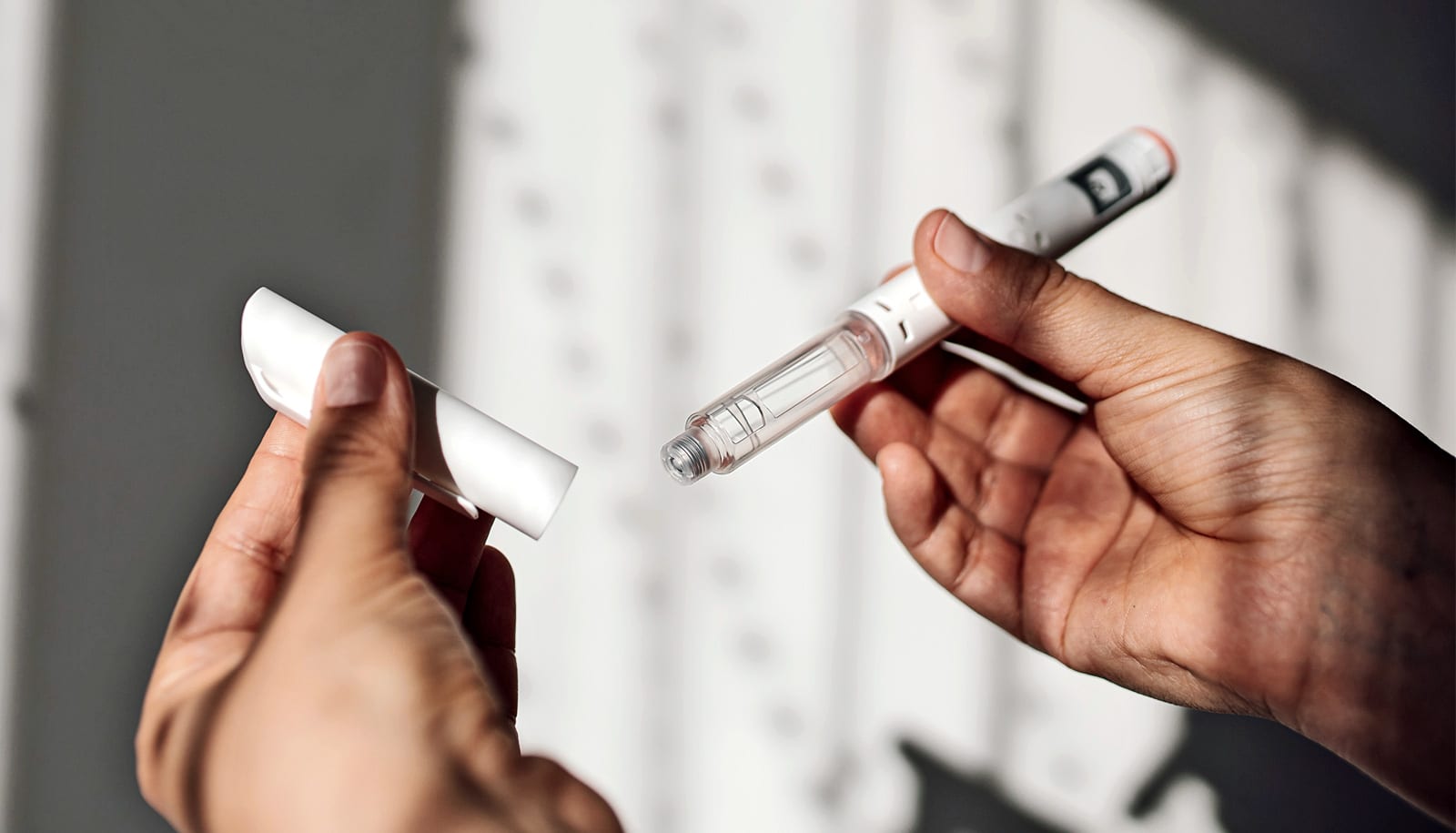Having wisdom teeth removed may be a rite of passage for many teens and young adults, but the opioid painkiller prescriptions they receive can set them on a path to long-term opioid use, a new study finds.
“…a sizable number go on to fill opioid prescriptions long after we would expect they would need [them] for recovery…”
Young people ages 13 to 30 who filled an opioid prescription immediately before or after they had their wisdom teeth out were nearly 2.7 times as likely as their peers to still be filling opioid prescriptions weeks or months later, according to the research.
Those in their late teens and 20s had the highest odds of persistent opioid use, compared with those in middle school and high school, according to the study, which appears in the Journal of the American Medical Association.
Researchers used insurance data to focus on young people who were “opioid naïve”—who hadn’t had an opioid prescription in the six months before their wisdom teeth came out, and who didn’t have any other procedures requiring anesthesia in the following year.
Small numbers, big issue
“Wisdom tooth extraction is performed 3.5 million times a year in the United States, and many dentists routinely prescribe opioids in case patients need it for post-procedure pain,” says Calista Harbaugh, a research fellow and surgical resident at the University of Michigan.
“Until now, we haven’t had data on the long-term risks of opioid use after wisdom tooth extraction,” Harbaugh says. “We now see that a sizable number go on to fill opioid prescriptions long after we would expect they would need [them] for recovery, and the main predictor of persistent use is whether or not they fill that initial prescription.”
Other factors also predicted risk of long-term opioid use. Teens and young adults who had a history of mental health issues such as depression and anxiety, or chronic pain conditions, were more likely than others to go on to persistent use after filling their initial wisdom tooth-related prescription.
In all, 1.3 percent of 56,686 wisdom tooth patients who filled their opioid prescription between 2009 and 2015 went on to persistent opioid use, defined as two or more prescriptions filled in the next year that any provider writes for any reason. That’s compared with 0.5 percent of the 14,256 wisdom tooth patients who didn’t fill a prescription.
Though those numbers may seem small, the high number of wisdom teeth procedures every year mean a large number of young people are at risk, says Harbaugh, a research fellow with the Michigan Opioid Prescribing and Engagement Network, or Michigan OPEN.
The team used data from employer-based insurance plans, available through the Truven MarketScan database purchased for researchers’ use by IHPI.
Changing prescriptions
The data show opioid prescriptions filled, but not actual use of opioid pills by patients. Leftover opioids pose a risk of their own, because they can be misused by the individual who received the prescription, by a member of their household, or by a visitor.
The researchers also couldn’t tell the reason for the later opioid prescription fills by those who went on to persistent use.
Dentists and oral surgeons should consider prescribing nonopioid painkillers before opioids to their wisdom tooth patients, the researchers suggest. If pain is acute, they should prescribe less than the seven-day opioid supply recently recommended by the American Dental Association for any acute dental pain.
“There are no prescribing recommendations specifically for wisdom tooth extraction,” Harbaugh says. “With evidence that nonsteroidal anti-inflammatories may just as, if not more, effective, a seven-day opioid recommendation may still be too much.”
These are some of the first data to the show long-term ill effects of routine opioid prescribing after tooth extractions, says senior author Chad Brummett, co-director of Michigan OPEN.
“When taken together with the previous studies showing that opioids are not helpful in these cases, dentists and oral surgeons should stop routinely prescribing opioids for wisdom tooth extractions and likely other common dental procedures,” he says.
Think about it
Getting a prescription for an opioid painkiller around the time of a wisdom tooth procedure comes with many decision points, Harbaugh says.
This stuff could rebuild teeth and cure cavities
“Patients must decide whether to fill the prescription and take the medication, and where to store and dispose of the unused pills. All of these decision points need to be discussed with patients,” she says.
“Patients should talk to their dentists about how to control pain without opioids first. If needed, opioids should only be used for breakthrough pain, as backup if the pain’s not controlled with other medications.”
Handwritten prescriptions for opioids contain more errors
The Michigan OPEN team is currently studying the wisdom tooth extraction population further by speaking with patients and parents about their experience and how many opioid pills they actually took. This will allow them to create evidence-based prescribing guidelines like the ones they’ve developed for other operations.
The federal Substance Abuse and Mental Health Services Administration, Michigan Department of Health and Human Services, and University of Michigan Precision Health Initiative funded the work.
Source: University of Michigan



